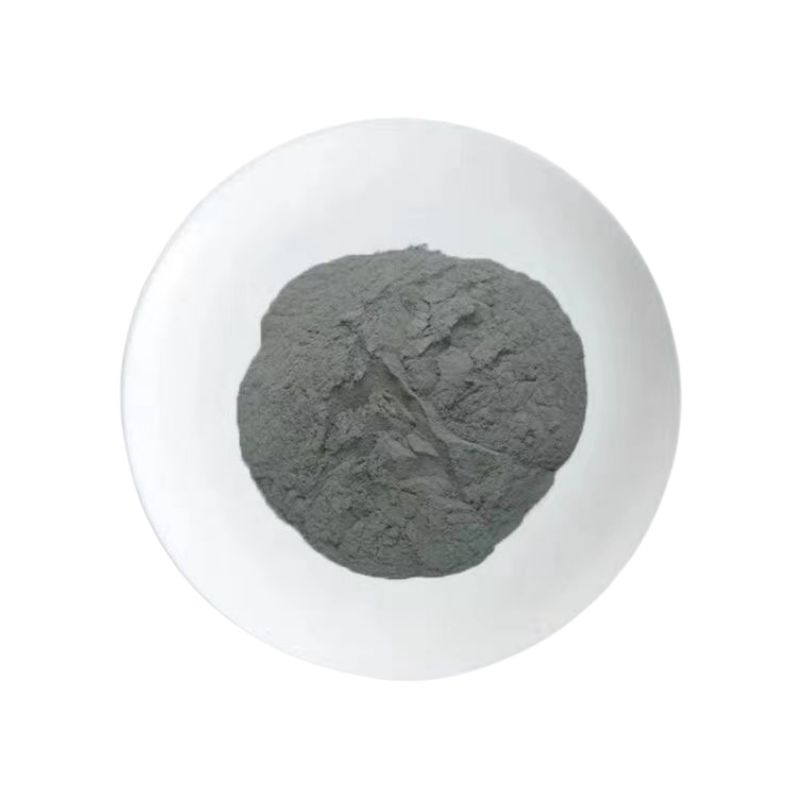
activated carbon producers
The World of Activated Carbon Producers
Activated carbon, also known as activated charcoal, has gained significant attention in various industries due to its unique properties and applications. This versatile material is produced from carbon-rich materials, such as wood, peat, and coconut shells, and is characterized by its high surface area and porous structure, which make it ideal for adsorption processes. As the global demand for activated carbon continues to rise, the importance of understanding the market landscape and the role of activated carbon producers becomes paramount.
The Production Process
The production of activated carbon involves two primary processes carbonization and activation. Carbonization is the thermal decomposition of organic materials in an inert atmosphere, which results in the formation of char. Following this, the activation process typically takes place, which can be done through physical or chemical methods. Physical activation involves treating the char with steam or carbon dioxide at high temperatures, creating a network of pores, while chemical activation uses acids, bases, or salts to enhance porosity.
Leading producers of activated carbon often invest in state-of-the-art technology to optimize these processes, ensuring the final product meets the diverse needs of industries such as water treatment, air purification, food and beverage processing, and pharmaceuticals. The quality and characteristics of activated carbon, such as pore size distribution and adsorption capacity, vary depending on the raw material used and the activation method employed.
Key Players in the Industry
The activated carbon market comprises a variety of producers ranging from large multinational corporations to small, specialized manufacturers. Key players include companies like Cabot Corporation, Calgon Carbon Corporation, and Kuraray Co., Ltd., each of which has established a strong foothold in the global market. These companies not only produce activated carbon but also offer related services such as custom blending, technical support, and continuous research and development.
Emerging players are also entering the market, focusing on sustainable production methods and the utilization of alternative raw materials
. This trend towards sustainability reflects a broader global movement aiming to reduce environmental impact, where activated carbon producers are increasingly being challenged to innovate and engage in eco-friendly practices.activated carbon producers

Applications of Activated Carbon
Activated carbon has a wide array of applications across numerous sectors. In water treatment, it is used to remove contaminants and impurities, making it a crucial component in municipal and industrial water filtration systems. The air purification industry also heavily relies on activated carbon for eliminating volatile organic compounds (VOCs), odors, and harmful gases.
Additionally, the food and beverage industry employs activated carbon to decolorize and purify liquids, improving product quality. In the pharmaceutical sector, activated carbon is used for drug adsorption, making it instrumental in the production of various medications. Beyond these applications, activated carbon is also utilized in gas masks and respirators, showcasing its importance in environmental and personal safety.
Market Trends and Future Outlook
The activated carbon market is driven by growing awareness regarding water and air pollution, along with increasing regulatory standards worldwide. As industries seek to comply with environmental regulations, the demand for activated carbon solutions continues to rise. Furthermore, advancements in technology are expected to enhance the efficiency of activated carbon production processes, leading to the development of new and improved applications.
Innovations such as the development of novel activation techniques and the use of waste materials as feedstock are poised to shape the future of the industry. Producers who can leverage these trends and adapt to changing market dynamics will likely thrive in the competitive landscape.
In conclusion, activated carbon producers play a vital role in addressing environmental challenges and providing solutions across multiple sectors. With ongoing research and sustainable practices, the activated carbon industry is set to evolve, catering to the needs of a changing world. As demand continues to grow, the collaboration between producers, researchers, and end-users will be crucial for fostering innovation and ensuring a sustainable future.
Share
-
Premium Resin Coated Sand - High Heat Resistance CastingNewsJul.31,2025
-
High Quality Silicon Carbide Grit for Abrasive ApplicationsNewsJul.30,2025
-
High-Quality Ceramsite for Plants & Gardening | Lightweight PebblesNewsJul.29,2025
-
Premium Burgundy Glass Marbles for Vases & Shooter GamesNewsJul.29,2025
-
High Purity Quartz Sand for Industrial and Ground ApplicationsNewsJul.29,2025
-
High-Quality Barite Powder for Drilling & Industrial UseNewsJul.29,2025






